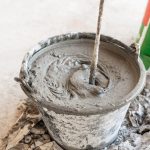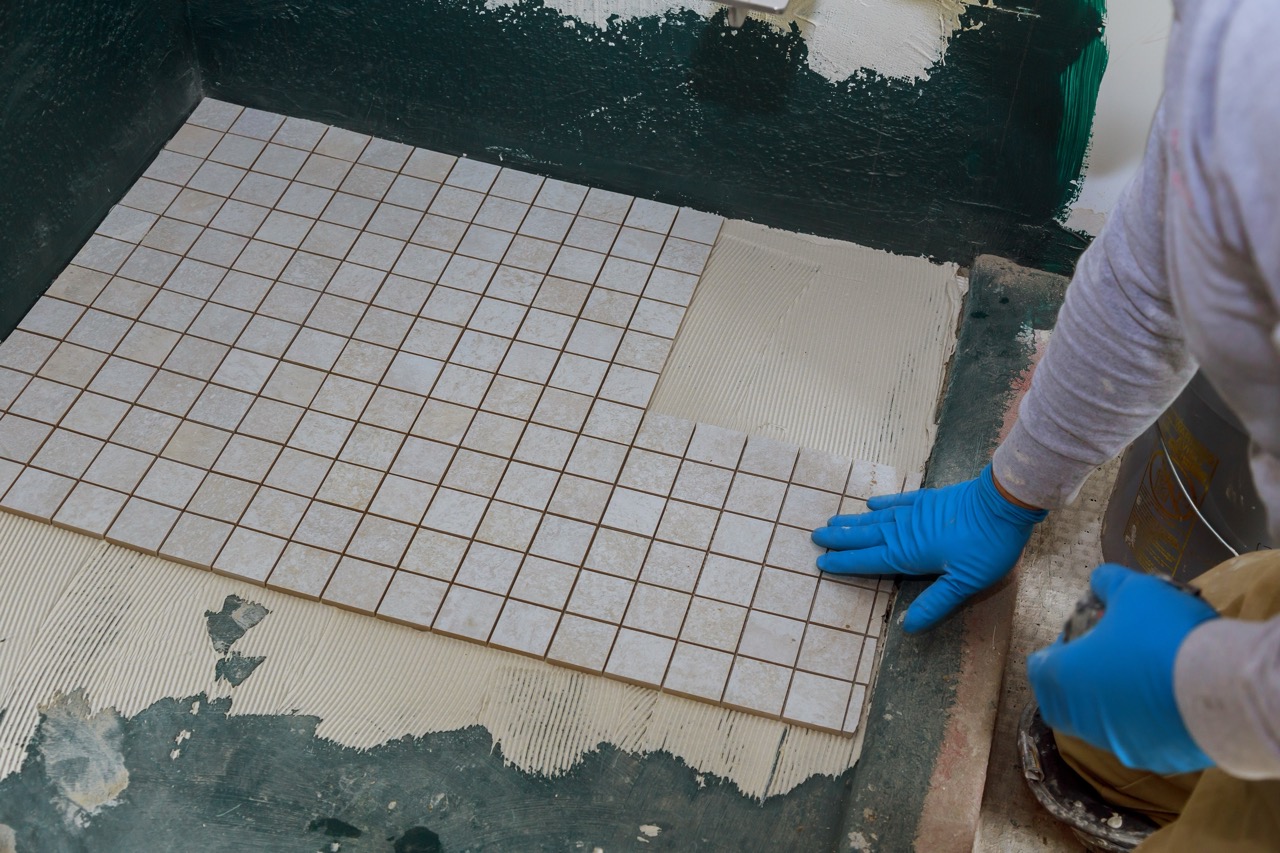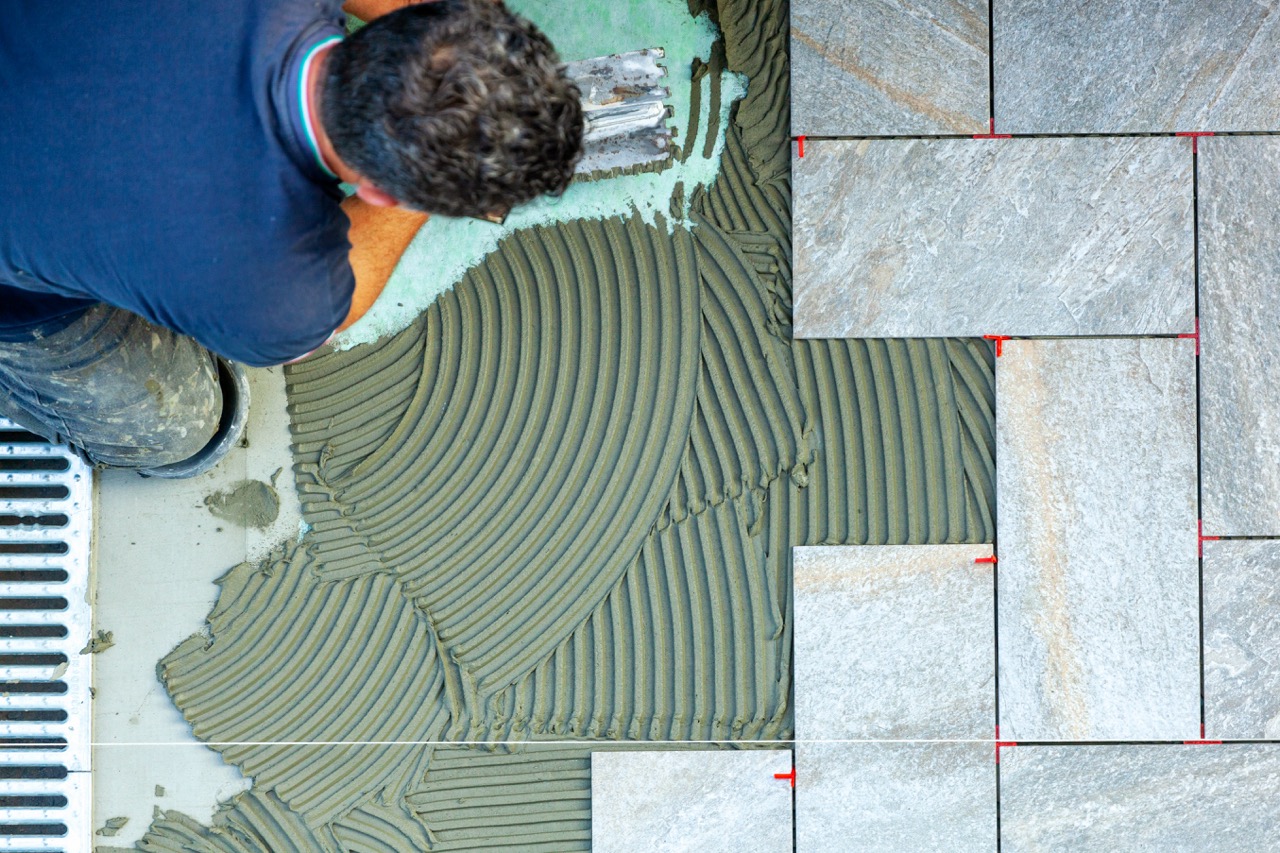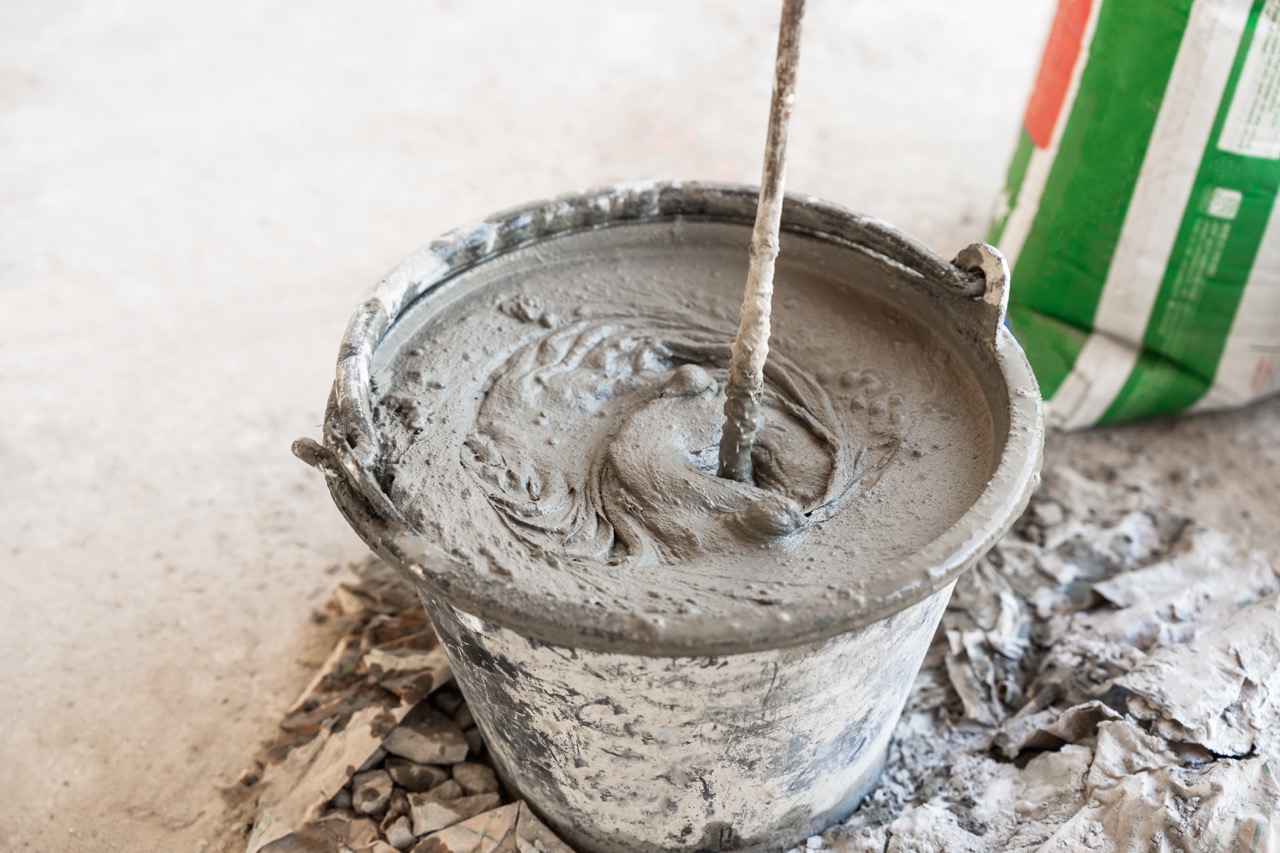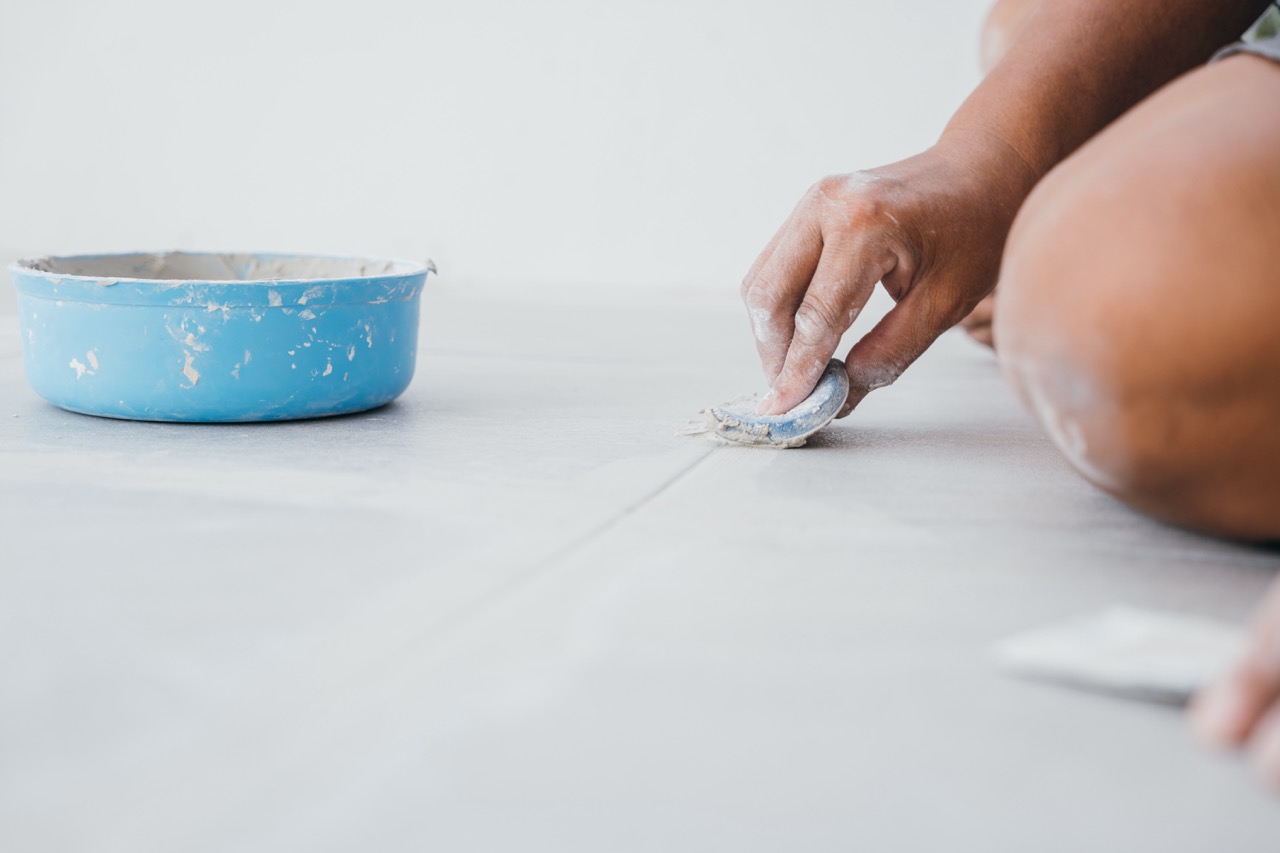If your tiled kitchen backsplash or bathroom floor is starting to look tired and worn, grout pens can instantly brighten the space without requiring a full renovation. These handy tools are designed to recolor and refresh old grout lines, giving tiles a “just installed” appearance in minutes. However, many homeowners wonder: do grout pens fade over time, and if so, how long can you realistically expect them to last? Below, we’ll walk through the benefits, the lifespan, the factors that affect durability, and some tips to extend their fresh look.
Why Grout Pens Are a Quick Fix for Dingy Tiles
Grout pens are becoming increasingly popular in the DIY home improvement space because they offer such an immediate transformation with minimal effort. Unlike regrouting, which involves chiseling out old lines and mixing new mortar, grout pens work like a marker: you simply apply the color over existing grout to restore its uniform look. This makes them especially appealing to renters or people looking for a fast cosmetic improvement before guests arrive or a property goes on the market.
For anyone put off by the costs of professional tile repair, grout pens make a budget-friendly alternative. Instead of spending hundreds of dollars on new grout or resurfacing, a single pen—often priced under $15—can cover multiple meters of tile lines. The low price doesn’t just make them accessible, but also practical for touch-ups whenever natural wear appears again.
Grout pens are also beginner-friendly. Even with zero DIY experience, most people can achieve professional-looking results in an afternoon. The process only involves cleaning the grout first, applying the pen evenly, and allowing the lines to dry. It’s a quick fix that can dramatically refresh bathrooms, kitchens, or tiled entrances without needing messy tools or extensive downtime.
Common Reasons Grout Pen Color May Fade Over Time
While grout pens are handy, their color isn’t permanent. One key reason they fade is household traffic. Floors in kitchens, hallways, or bathrooms often see consistent footfall, and this daily friction naturally wears down the applied pigment more quickly than in low-use areas like a backsplash.
Moisture is another culprit. Bathrooms exposed to steam, water splashes, and frequent cleaning tend to challenge the durability of the pen’s color. Harsh cleaning chemicals or scrubbing pads can also strip away the surface pigment, leaving grout lines looking patchy over time. This is why users often see faster fading in shower corners or behind sinks.
Additionally, not prepping the grout before application can shorten a pen’s lifespan. If grout isn’t thoroughly cleaned, oils, soap scum, and dirt can reduce how well the ink adheres. Even leftover mold or mildew beneath the surface may bleed back through the pen’s cover, diminishing the fresh whites or colors achieved after application. Proper prep is just as important as the pen itself in ensuring lasting results.
How Long You Can Expect Grout Pens to Really Last
On average, grout pens last anywhere from 6 months to 2 years, depending on where they’re used and how well the grout was prepared beforehand. High-traffic floor tiles may start showing signs of wear in a matter of months, while wall tiles and backsplashes with less contact can retain their color much longer.
The quality of the product also plays a role. Some grout pens offer waterproof and fade-resistant ink formulas that stand up better to moisture and cleaning, while cheaper versions may need reapplication sooner. This doesn’t mean grout pens are a one-time waste, but that they’re best considered as a temporary refresh solution rather than a permanent fix.
If maintained carefully, even high-use areas can hold their improved appearance for well over a year. Many homeowners find it easy to keep an extra pen on hand for quick touch-ups whenever lines start to dull. Treating grout pens like any other household maintenance item—similar to repainting trim or sealing countertops—can help set the right expectations and maximize their usefulness.
Tips to Extend the Life and Fresh Look of Grout Pens
The first step in extending your grout pen’s lifespan is thorough cleaning. Scrub the grout lines with a neutral cleaner or a paste of baking soda and water before applying the pen. Removing dirt ensures better adhesion and delays fading. Allow the grout to completely dry before applying the pen to avoid trapping moisture underneath.
Next, consider sealing your grout lines after applying the pen. While not strictly necessary, a clear sealer can lock in color and create a protective barrier against moisture, stains, and scrubbing. Homeowners who take this additional step often see the effects of their pens lasting significantly longer, especially in bathrooms.
Finally, adopt gentle cleaning habits. Avoid harsh chemical cleaners or abrasive scrubbing tools when washing tiled areas, as these can wear off color prematurely. Instead, use mild soap solutions or vinegar-based cleaners. Combined with regular light touch-ups, these methods will keep your grout lines looking crisp and clean for as long as possible.
Grout pens provide an affordable and beginner-friendly way to refresh dirty or discolored grout lines without the mess of regrouting. While they do fade over time, most can hold color for months—or even a year or more—with proper application and care. By cleaning thoroughly, sealing optional areas, and using gentle maintenance methods, you can extend their lifespan and keep your tiles looking bright. Whether you’re a renter looking for a quick fix or a homeowner wanting an easy update, grout pens are a smart solution for keeping tiled spaces fresh and inviting.

